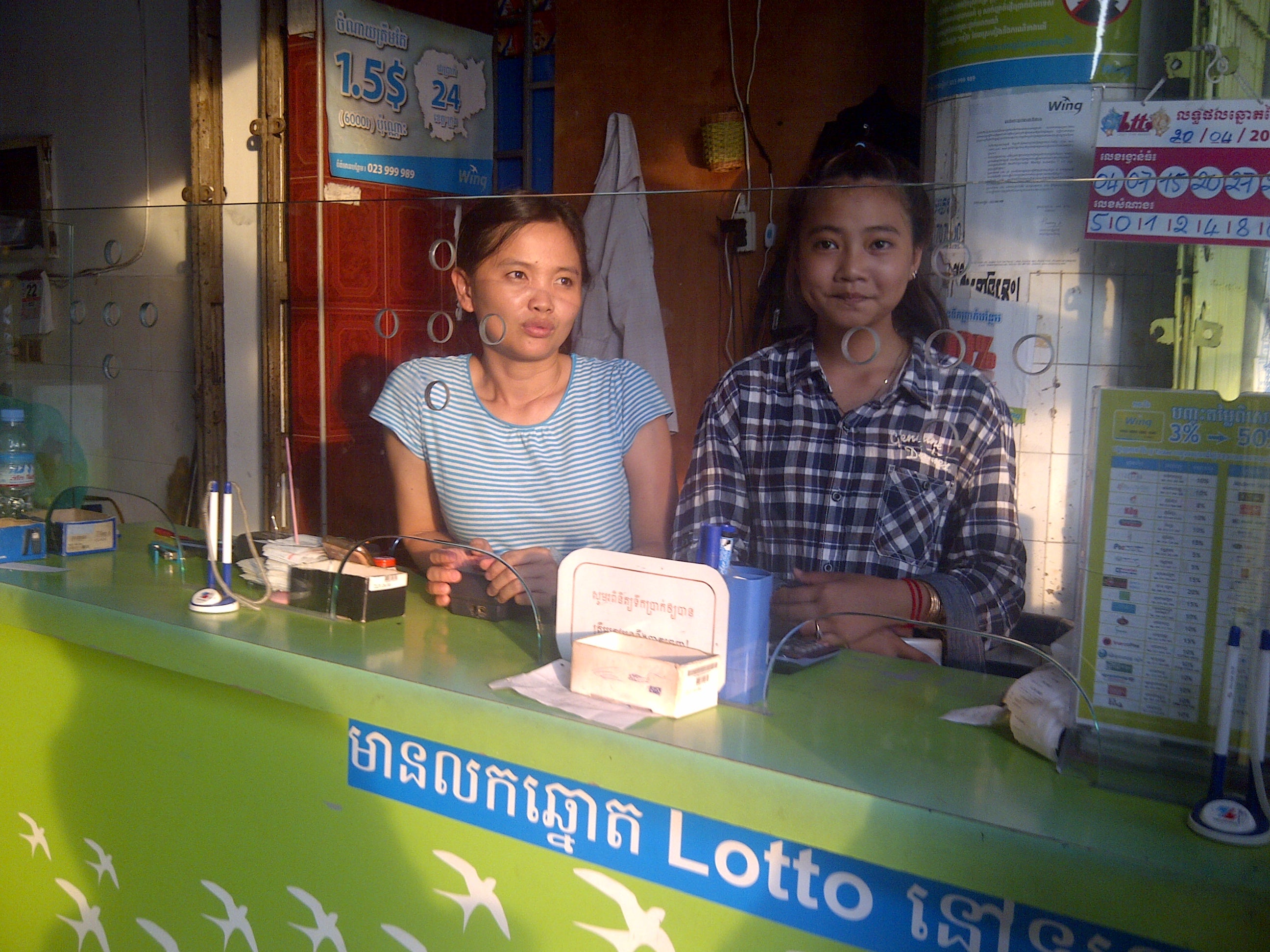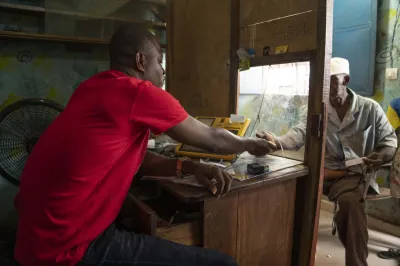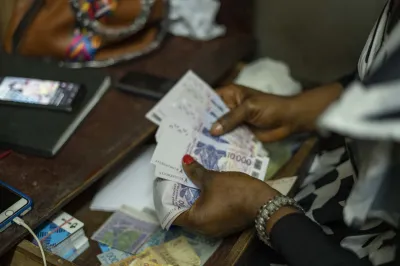Financial Inclusion in Cambodia is Trending Digital
Financial inclusion in Cambodia has evolved dramatically in the past few years, driven primarily by the success of microfinance. By 2011, when CGAP held its annual meeting in Cambodia, good regulations, strong MFIs and significant support from donors and investors had helped the microfinance industry serve about 1.2 million clients. At that point, the digital finance sector was underdeveloped and people relied on physical access to financial services. Today, microfinance has grown steadily and now reaches 1.8 million people – a 50% increase in just three years – with half of these people making deposits. While this growth is positive and has enabled more people to use formal financial services, traditional microfinance alone will not resolve the needs of the entire population. In 2014, digital finance stands to become Cambodia’s new financial inclusion success story.
Eighty percent of Cambodia’s population lives in rural areas and fewer than 20% of adults have access to financial services. There are significant flows of remittances between rural and urban populations, which are powered primarily by informal transfers in the absence of an inclusive banking sector. This is where digital finance could be a game-changer: moving money digitally would enable providers to reach more remote areas at lower costs, in a safer way, and at larger scale.
The market leader for digital finance in Cambodia is a company called WING. With 1,800 agents and close to 1 million users (half of whom are unregistered), WING provides an easy way for all segments of the population to make payments out of its exclusive WING Cash X-Press agents, using POS devices. Since its creation in 2009, WING has become the largest payment aggregator in Cambodia, with more than half of its clients being farmers. Transactions are primarily domestic money transfers (close to 70%), bill payments (20%) and the rest is top-up (10%). The average money transfer is $175. A key growth constraint for WING has been the inability to process Khmer language on the feature phones so commonly used in Cambodia. However, the company found a way around this by offering simple over-the-counter (OTC) transactions in 2012, where no account is required and agents complete transactions on behalf of customers. Since the introduction of OTC payments, WING transaction volume has grown from $65 million in 2011 to $1.5 billion in 2013. It has already surpassed $1.5 billion within the first five months of 2014.
 WING agents in Cambodia
WING agents in Cambodia
WING Agents. Photo Credit: Eric Duflos
An interesting trend in Cambodia is the transition from offering traditional microfinance to digital financial products and services. ACLEDA Bank, which has the largest customer base in Cambodia, is one such institution betting on digital finance. It launched its mobile banking product, called Unity, in early 2013 and already has 120,000 customers. Twenty percent of these individuals were previously unbanked. ACLEDA stands ready to expand its services through agents, and it could rapidly partner with its 1,200 partner merchants, although high costs for acquiring agents are a current constraint.
Another institution dipping its toes in digital finance is AMK, the largest microfinance deposit-taking institution in terms of customer base. It has consistently focused on serving the unbanked poor with an average loan size of $230 and covered more than 80% of the villages in Cambodia. In early 2012, AMK has started to pilot digital finance through agents to offer deposits to rural households. While AMK’s goal was to raise more deposits from remote clients, it found a greater need for its clients to send payments to family and friends with the help of an agent.
One key remaining question for transformational digital finance to expand rapidly in Cambodia will be the role of the National Bank of Cambodia. Traditionally the Cambodian central bank has been one of the most creative and supportive in its approach to financial inclusion in the Southeast Asian region. It is unclear whether the only regulation available for branchless banking (the Prakas on Third Party Payment Processors) is sufficient to provide an open playing field for all potential digital finance players, but it will likely evolve in the next few years. It seems that making regulations for agents more conducive for a diversity of providers would significantly step up digital finance in the country. It will also be important for new regulations to take a balanced approach on AML/CFT given the lack of ID system in Cambodia.
There is no doubt that digital finance will expand rapidly in Cambodia in the next few years, with the open regulatory space for mobile money and the prioritization of leading financial market leaders. The expansion of Smartphones will also create new opportunities in the future for Cambodians to transact in Khmer language .




Comments
Dear Eric,
Dear Eric,
My name is Julius Alip I work for CARD MF in the Philippines and Cignifi a start up alternative data analytics provider
Thank you so much for this interesting articles about mobile banking. Eric I'm doing some research about mobile banking (with the goal of learning from it and hopefully apply it in operations) May I ask if you are to cite 3 names on who's big on mobile banking (excluding M Shawari ni Kenya) who would be it?
Thank you so much
Sincerely,
Julius
Add new comment